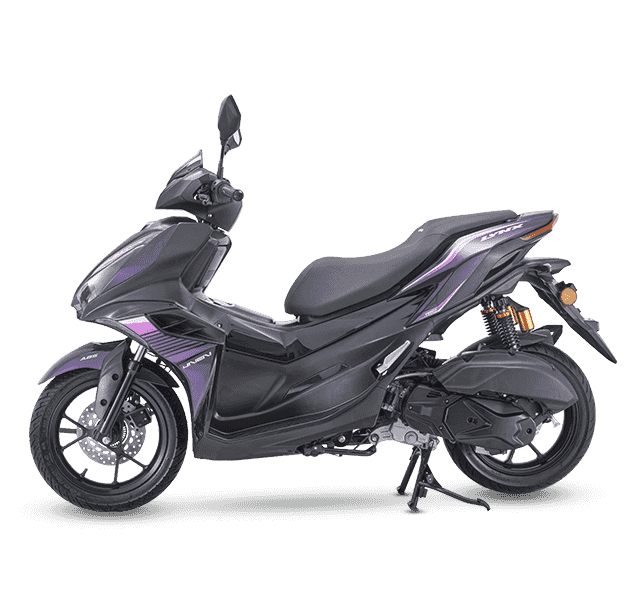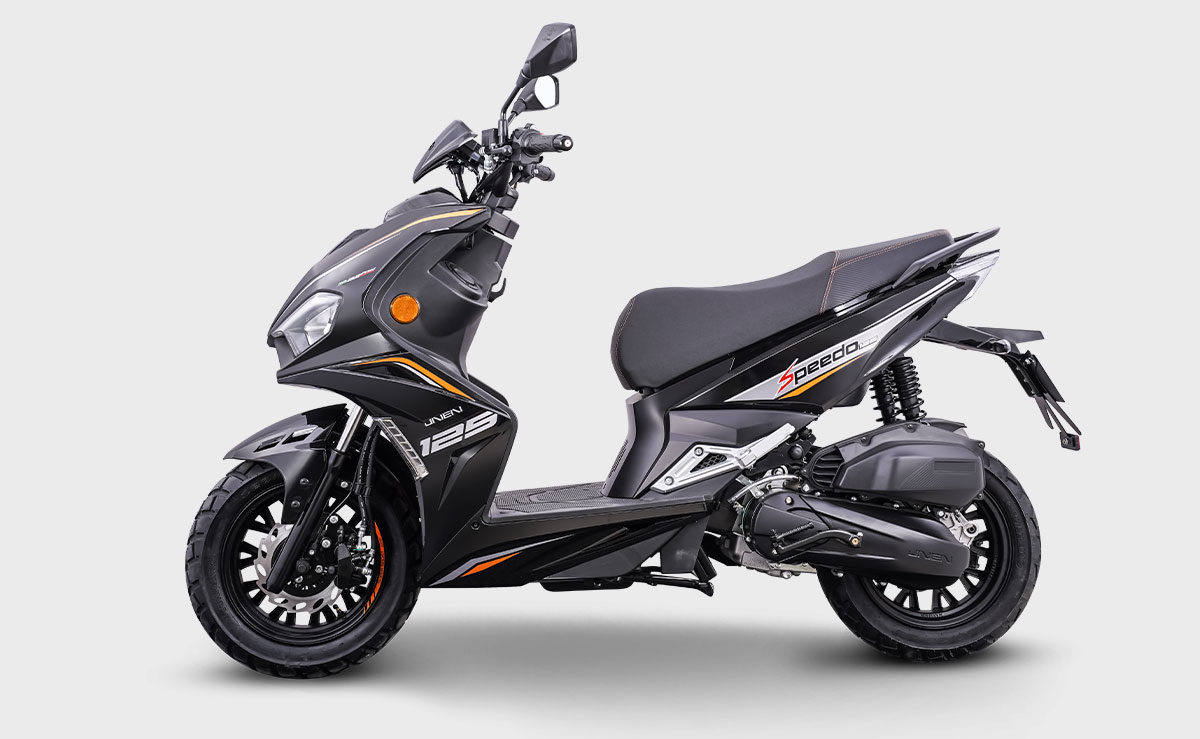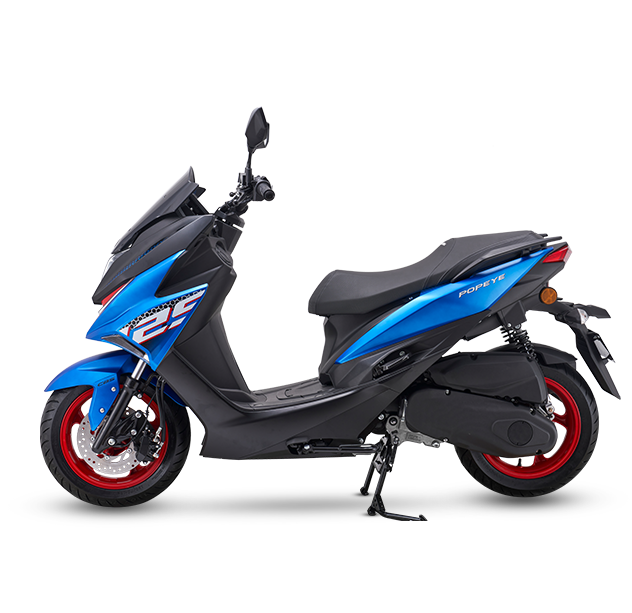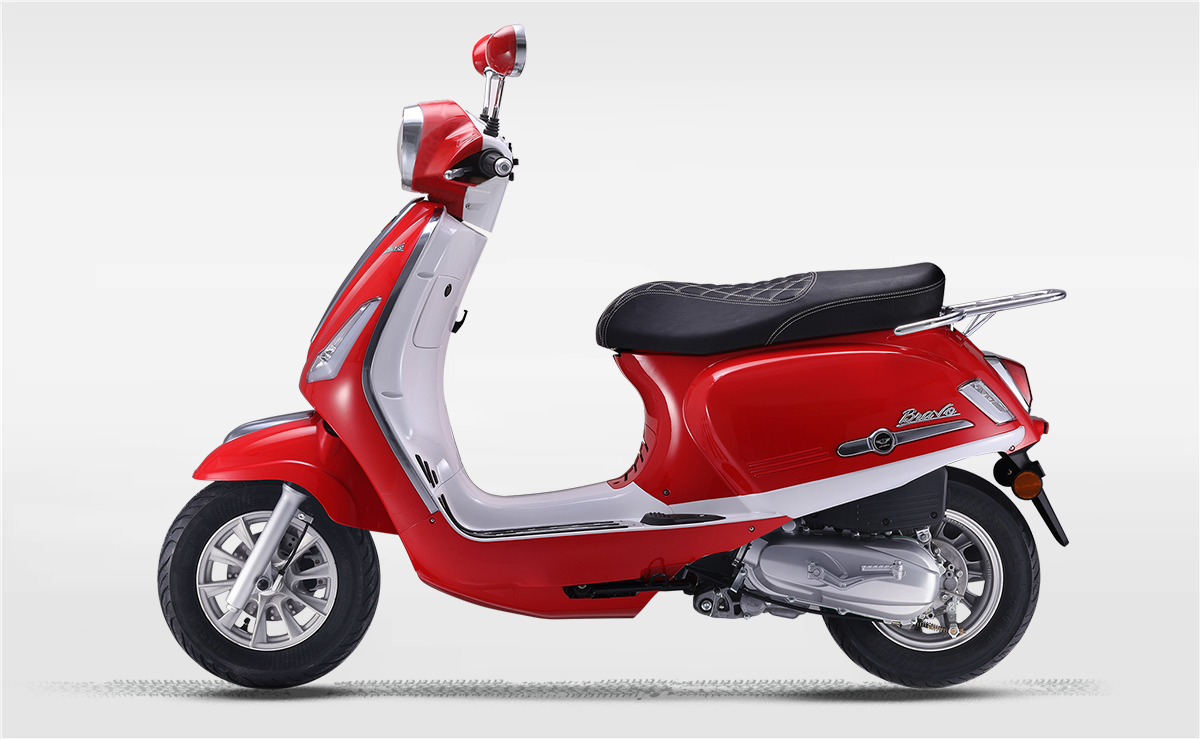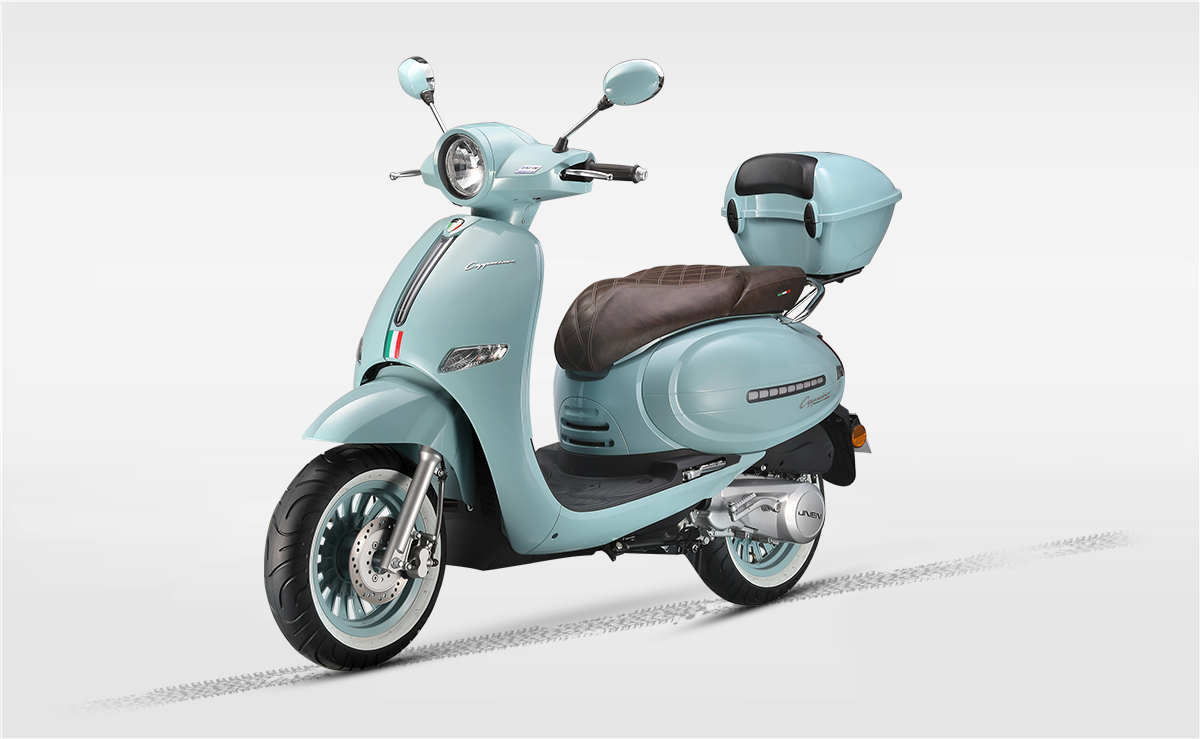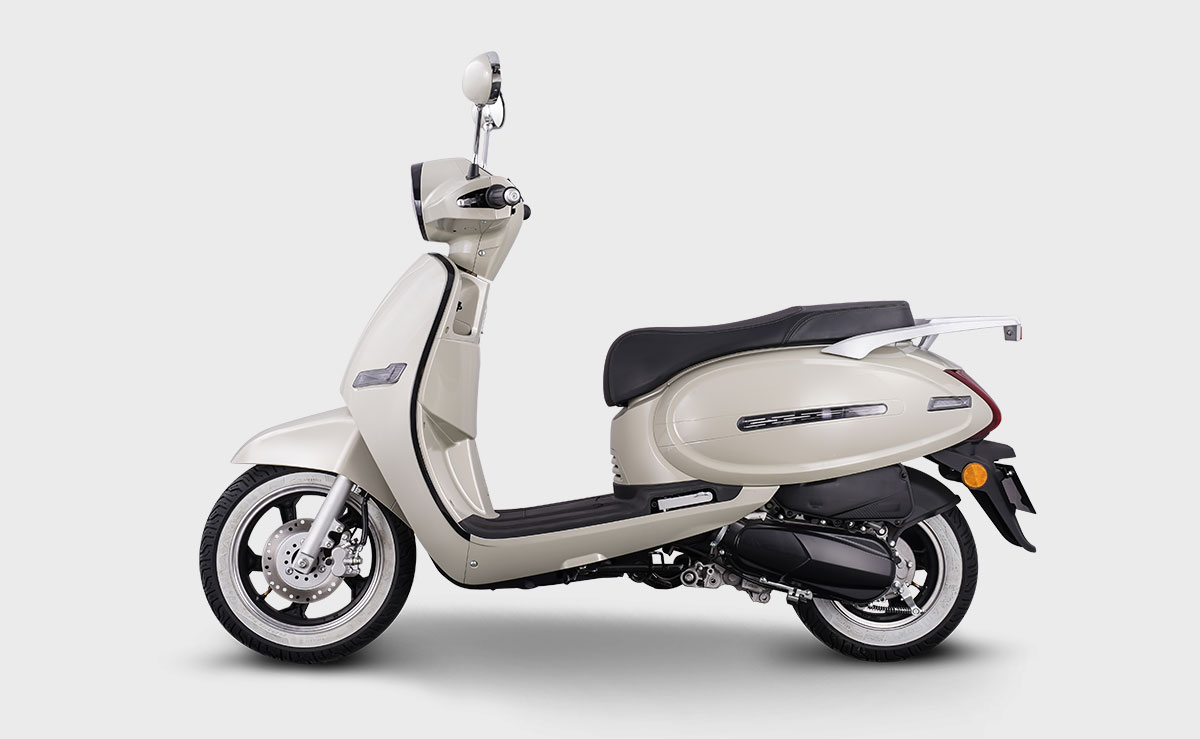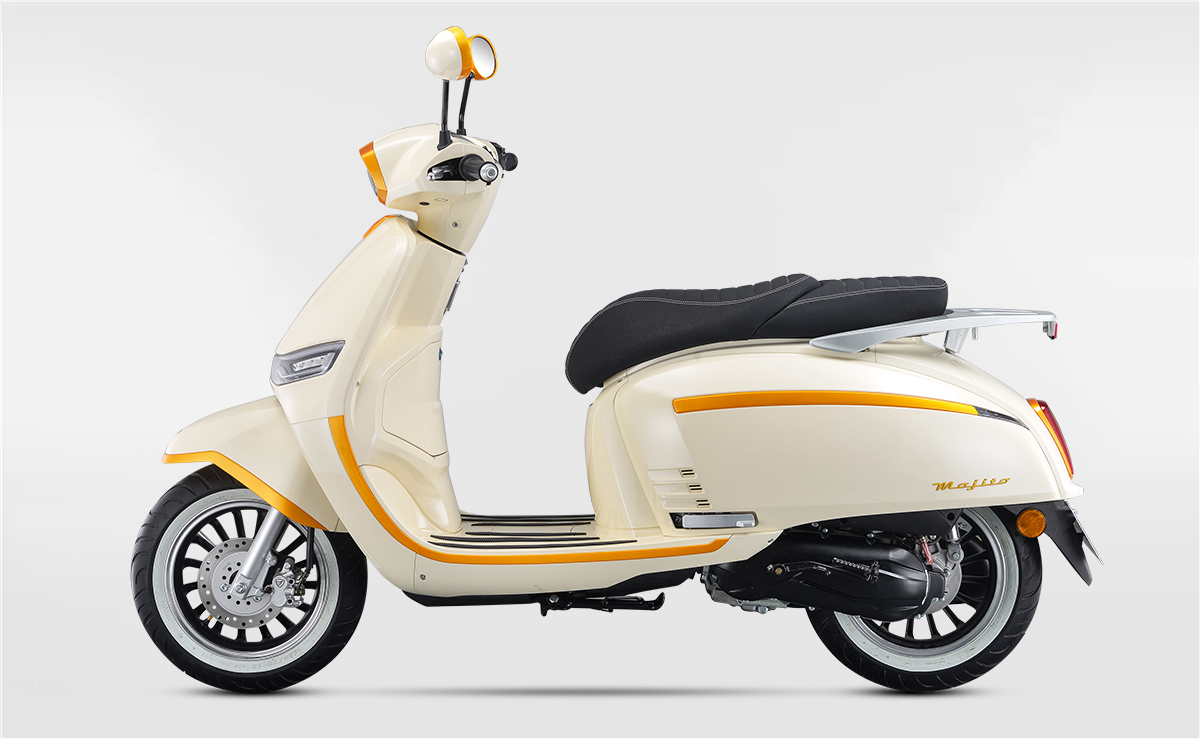Stability and Safety of Electric Scooter Tail Boxes During Travel
Electric Scooter Tail Boxes provide essential storage for riders, but their performance is not only measured by capacity or durability; stability during motion is equally critical. A tail box that shakes, tilts, or loosens during travel can compromise safety, affect handling, and even cause accidents. Understanding the factors that influence stability—including design, mounting methods, and material selection—is crucial for both manufacturers and users to ensure a reliable and secure storage solution.
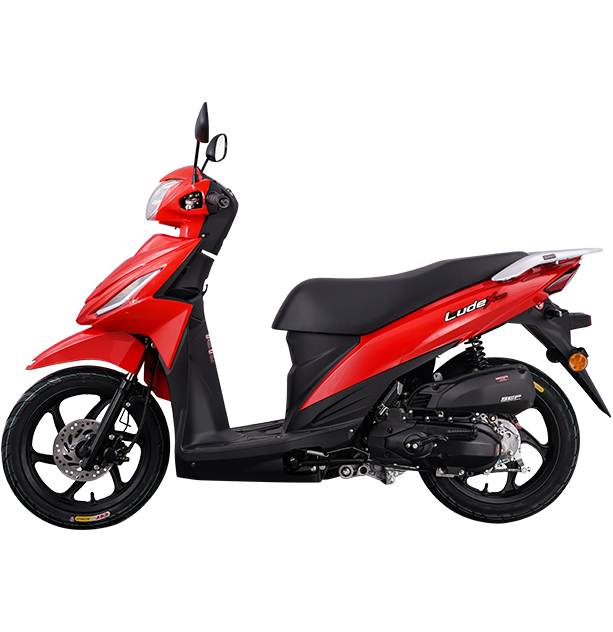
Mounting Mechanisms and Secure Fit
The stability of a tail box largely depends on the mounting system used to attach it to the scooter. Common mounting methods include bracket systems, integrated rear racks, and quick-release clamps. A properly designed mounting system distributes weight evenly and secures the box firmly against vibrations caused by road irregularities. Loose fittings or inadequate locking mechanisms can allow movement, making the tail box wobble or even detach under stress. Regular inspection and tightening of bolts or clamps are recommended to maintain a secure attachment throughout their service life.
Design Considerations for Reduced Movement
Tail box design plays a significant role in maintaining stability during travel. Features such as low center of gravity, compact dimensions, and reinforced base structures help reduce the likelihood of swaying. Internal ribbing or structural reinforcements not only increase impact resistance but also stabilize the box by preventing deformation under load. Smooth surfaces in contact with the mounting rack decrease friction and ensure consistent positioning, while rubber pads or anti-slip elements can absorb vibrations and dampen movement caused by uneven terrain.
Impact of Load and Weight Distribution
How the tail box is loaded directly affects its stability on the scooter. Overloading or placing heavy items unevenly can shift the center of gravity, causing the box to tilt or rock during acceleration, braking, or turning. Balanced weight distribution and adherence to recommended load limits are essential for maintaining steady performance. Additionally, securing items inside the box to prevent shifting during motion helps reduce internal forces that could destabilize the structure.
Environmental and Road Conditions
Even the well-designed tail box can experience instability if exposed to road conditions. Potholes, bumps, and sharp turns increase the forces acting on the mounted box, testing both the mounting system and the box structure. Manufacturers often simulate these conditions to ensure that tail boxes remain stable under real-world usage scenarios. Users should also adjust riding speed and exercise caution on rough surfaces to decrease undue stress on the attachment system.
Maintenance and Inspection
Regular maintenance is essential to ensure that the tail box remains secure. Components such as mounting brackets, screws, and locking mechanisms can loosen over time due to vibrations or repeated use. Periodic checks, along with proper cleaning to remove dirt or corrosion, help maintain stability and prevent potential safety issues. Attention to these details ensures that the tail box performs reliably, even during extended and demanding use.
The stability of Electric Scooter Tail Boxes during travel depends on a combination of design, mounting systems, load management, and user practices. Properly engineered boxes with secure attachments, balanced weight distribution, and reinforced structures can remain stable, reducing movement and reducing the risk of accidents. Regular inspection and adherence to recommended usage guidelines further enhance safety and reliability, making the tail box a dependable accessory for everyday commuting and travel.
 Maroc
Maroc



 English
English 中文简体
中文简体 Español
Español